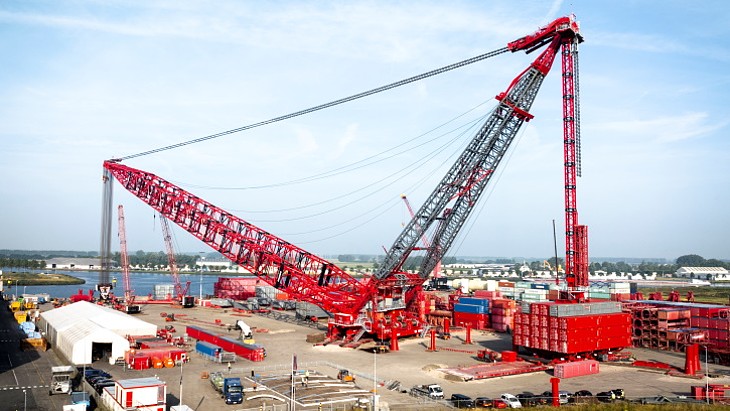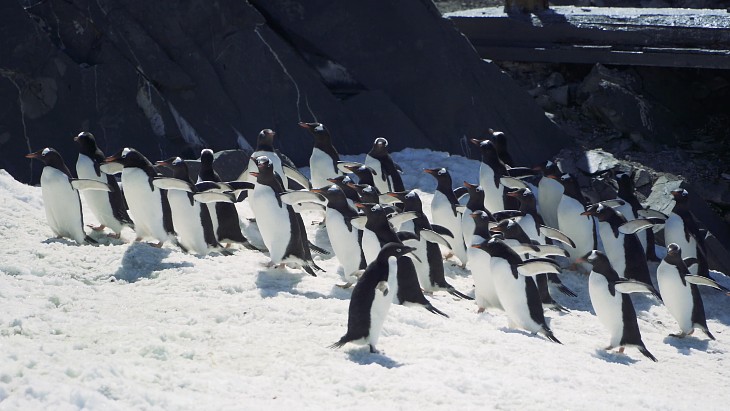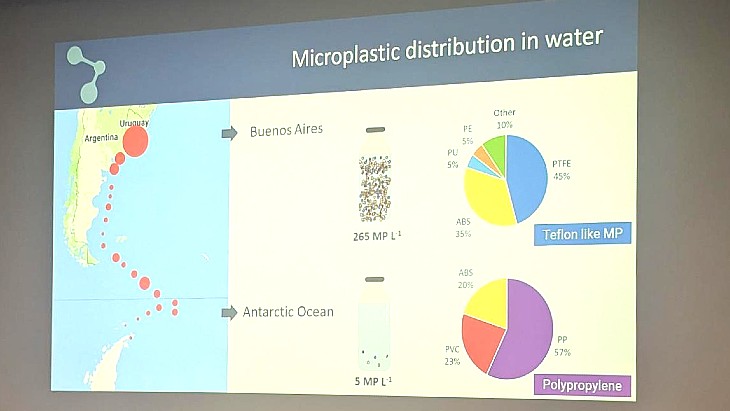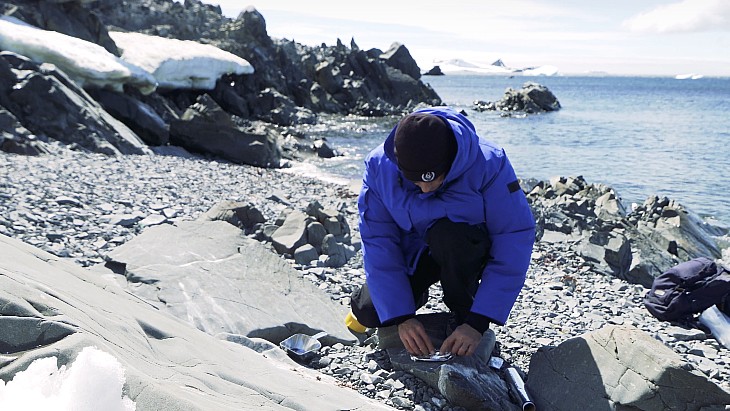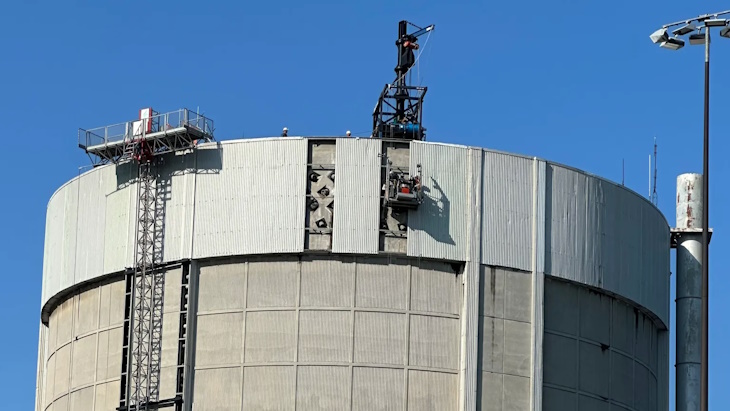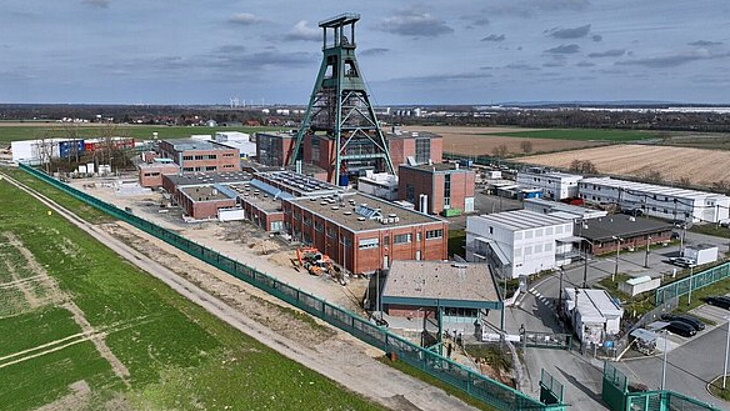TotalEnergies Starts Natural Gas Production From Argentinian Offshore Field
French supermajor TotalEnergies announced on Friday the start of natural gas production from the Fenix gas field offshore in southern Argentina.
The Fenix field has been developed to have a production capacity of 10 million cubic meters per day, or 70,000 barrels of oil equivalent per day, (boe/d). The field, 60 km (37 miles) off the coast of Tierra del Fuego in Southern Argentina, consists of a new unmanned platform and is connected to the existing facilities at the Cuenca Marina Austral 1 (CMA-1) concession, which TotalEnergies operates.
The natural gas produced at Fenix is sent through a subsea pipeline to the TotalEnergies-operated Véga Pléyade platform and is subsequently treated onshore at the Río Cullen and Cañadon Alfa facilities, which are also operated by the French company.
According to TotalEnergies, Fenix is a low-cost, low-emissions development, with a carbon intensity of 9 kg CO2e/boe, which uses existing infrastructure.“Fenix will contribute to maintaining our gas production plateau in Tierra del Fuego and ensure a reliable supply to the Argentinean gas market,” said Javier Rielo, Senior Vice President Americas, Exploration & Production at TotalEnergies.
“With its low break-even and low carbon intensity, Fenix perfectly matches the Company's low-cost and low-emission strategy,” Rielo added.
TotalEnergies has been operating in Argentina since 1978, and has interests offshore, onshore, and in the Neuquen province, home to the Vaca Muertra shale.
Argentina plans to raise oil and gas output and exports from Vaca Muerta in the coming years.
Supertankers could begin docking in Argentina to load oil from the country’s shale patch after a pipeline is set to connect Vaca Muerta with a terminal at Punta Colorada port capable of handling the so-called very large crude carriers (VLCCs).
Argentina is also moving a step closer to exporting LNG and monetizing its huge resource in Vaca Muerta after maritime LNG infrastructure firm Golar LNG signed a 20-year deal with Pan American Energy (PAE) for the deployment of a Floating Liquefied Natural Gas (FLNG) vessel in Argentina.
By Tsvetana Paraskova for Oilprice.com
French supermajor TotalEnergies announced on Friday the start of natural gas production from the Fenix gas field offshore in southern Argentina.
The Fenix field has been developed to have a production capacity of 10 million cubic meters per day, or 70,000 barrels of oil equivalent per day, (boe/d). The field, 60 km (37 miles) off the coast of Tierra del Fuego in Southern Argentina, consists of a new unmanned platform and is connected to the existing facilities at the Cuenca Marina Austral 1 (CMA-1) concession, which TotalEnergies operates.
The natural gas produced at Fenix is sent through a subsea pipeline to the TotalEnergies-operated Véga Pléyade platform and is subsequently treated onshore at the Río Cullen and Cañadon Alfa facilities, which are also operated by the French company.
According to TotalEnergies, Fenix is a low-cost, low-emissions development, with a carbon intensity of 9 kg CO2e/boe, which uses existing infrastructure.“Fenix will contribute to maintaining our gas production plateau in Tierra del Fuego and ensure a reliable supply to the Argentinean gas market,” said Javier Rielo, Senior Vice President Americas, Exploration & Production at TotalEnergies.
“With its low break-even and low carbon intensity, Fenix perfectly matches the Company's low-cost and low-emission strategy,” Rielo added.
TotalEnergies has been operating in Argentina since 1978, and has interests offshore, onshore, and in the Neuquen province, home to the Vaca Muertra shale.
Argentina plans to raise oil and gas output and exports from Vaca Muerta in the coming years.
Supertankers could begin docking in Argentina to load oil from the country’s shale patch after a pipeline is set to connect Vaca Muerta with a terminal at Punta Colorada port capable of handling the so-called very large crude carriers (VLCCs).
Argentina is also moving a step closer to exporting LNG and monetizing its huge resource in Vaca Muerta after maritime LNG infrastructure firm Golar LNG signed a 20-year deal with Pan American Energy (PAE) for the deployment of a Floating Liquefied Natural Gas (FLNG) vessel in Argentina.
By Tsvetana Paraskova for Oilprice.com
TotalEnergies Set to Develop $9 Billion Suriname Oil Resources
French supermajor TotalEnergies has started to scour the market for deepwater rigs and support vessels to begin development of massive resources discovered offshore Suriname, anonymous sources with knowledge of the tenders told Bloomberg on Friday.
Exploration and resource development in the Atlantic Basin is now alive more than ever, following the huge developments offshore Guyana led by ExxonMobil and the plans of TotalEnergies to tap the discovered resources in Guyana’s neighbor, Suriname.
TotalEnergies, which partners with APA Corp offshore Suriname, has already made several discoveries in the area. The companies are expected to make as early as next month the final investment decision (FID) to develop part of the resources, according to Bloomberg’s sources.
TotalEnergies has reportedly ordered a hull for a 200,000-bpd production vessel, the clearest sign yet that the French supermajor would be moving to develop the project.
“They have reserved this hull,” Annand Jagesar, managing director of Suriname’s state oil company, Staatsolie, told Bloomberg.
“You’re not going to pay a lot of money for that to have it sitting around,” Jagesar added.
TotalEnergies and APA plan to make the final investment decision on the Block 58 project by the end of 2024, targeting first oil in 2028.
Crude oil discoveries in Suriname have opened access to some 2.4 billion barrels in reserves, Wood Mackenzie analysts have estimated. The consultancy also reported the South American nation holds some 12.5 trillion cubic feet in natural gas reserves.
A total of nine offshore discoveries have been made in Suriname in the last six years but commercial development of any of them is still in the future.
Suriname is often seen as a candidate for a repeat of Guyana’s oil boom since the two neighboring countries share one hydrocarbon basin. However, exploration efforts have taken longer in Suriname and the colossal success of Exxon with the Stabroek Block and its dozen discoveries has yet to be replicated in Guyana’s neighbor.
By Charles Kennedy for Oilprice.com

